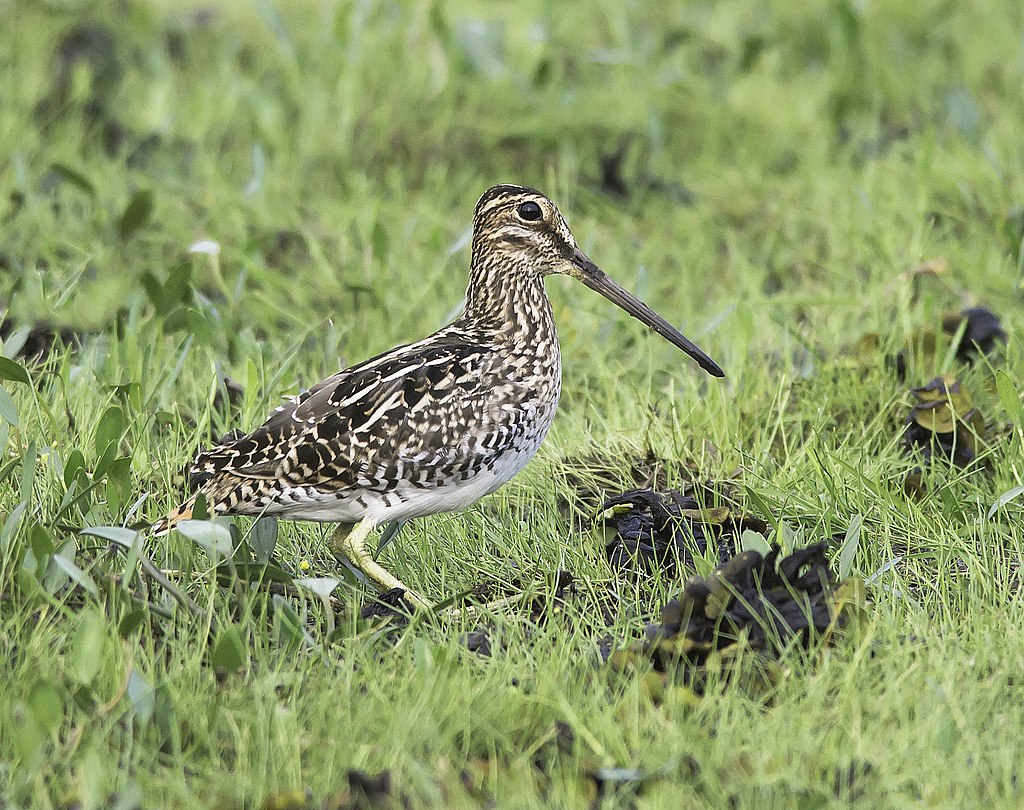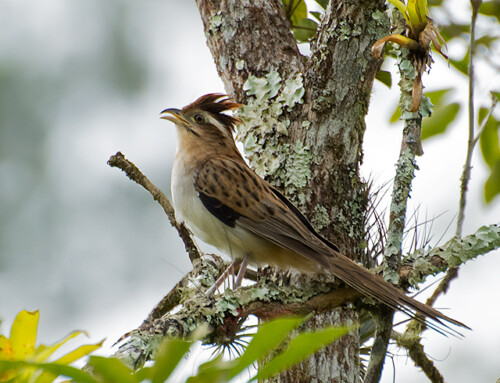LINKED PAPER
Snipe taxonomy based on vocal and non‐vocal sound displays: the South American Snipe is two species. Miller, E. H., Areta, J. I., Jaramillo, A., Imberti, S., & Matus, R. 2020. IBIS. DOI: 10.1111/ibi.12795 VIEW
Drawing species boundaries can be difficult. Charles Darwin formulated the problem succinctly in The Origin of Species: “No one definition has yet satisfied all naturalists; yet every naturalist knows vaguely what he means when he speaks of a species.” Indeed, which definition – or species concept – should you apply when figuring out how many species you are dealing with? Should you focus on morphological differences, plumage patterns, sounds or genetics? Different species concepts can even lead to different taxonomic conclusions. For example, two species might be genetically distinct without any noticeable morphological differences (i.e. cryptic species, Fišer et al. 2018). In recent years, avian taxonomy has become more pluralistic, integrating different concepts and methods in the delimitation and description of species (Sangster 2014). This approach is nicely illustrated by a study of the South American Snipe (Gallinago paraguaiae).
Complex classification
The taxonomic history of the South American Snipe is complex. Originally described as three distinct species, sometimes considered a polytypic species with three subspecies and even included as subspecies within the common snipe (G. gallinago). The current consensus stabilized at two species: the Puna Snipe (G. andina) and the South American Snipe (Gallinago paraguaiae), which contains two subspecies (paraguaiae and magellanica). However, some ornithologists argue that the latter two subspecies should be elevated to species rank. There are indeed some morphological differences. The wings and tail of magellanica are considerably longer than those of paraguaiae. Plumage patterns are also quite distinct (Tuck 1972). The plumage of magellanica is overall lighter and more variegated than paraguaiae. And the ground colour on the throat and breast of magellanica is reddish-buff, while that of paraguaiae is greyish. These birds clearly look different, but do they also sound different (Alström & Ranft 2003)?
Figure 1The Chip calls of the South American Snipe subspecies (Gallinago paraguaiae paraguaiae and Gallinago paraguaiae magellanica), and Puna Snipe (Gallinago andina), differ strongly in two simple temporal measurements of sound elements: Element Duration and Inter‐element Interval.
Chippers and Winnows
Edward Miller and his colleagues collected almost 1300 sound recordings of South American Snipes. Acoustic analyses revealed substantial differences between paraguaiae and magellanica in vocal and non-vocal sounds. For example, magellanica produces a “Chipper” call with two syllables that is absent in paraguaiae. Also the characteristic “Winnow” sounds (produced with the tail feathers) differ between these subspecies. The Winnow sounds of magellanica consist of repeated sets, whereas the Winnow sounds of paraguaiae gradually increase in duration and amplitude. These acoustic asymmetries complement the differences in morphology and plumage patterns, suggesting that these subspecies should be elevated to species rank. An additional line of evidence could come from genetic analyses (Ottenburghs 2019). If there are also clear genetic differences between paraguaiae and magellanica, there will be little doubt that we are dealing with two distinct species.
References
Alström, P. & Ranft, R. (2003). The use of sounds in avian systematics and the importance of bird sound archives. Bulletin of the British Ornithologists’ Club 123A: 114– 135. VIEW
Fišer, C., Robinson, C. T., & Malard, F. (2018). Cryptic species as a window into the paradigm shift of the species concept. Molecular Ecology 27. 613-635. VIEW
Ottenburghs, J. (2019). Avian species concepts in the light of genomics. In. Avian genomics in ecology and evolution (pp. 211-235). Springer, Cham. VIEW
Sangster, G. (2014). The application of species criteria in avian taxonomy and its implications for the debate over species concepts. Biological Reviews 89: 199-214. VIEW
Tuck, L.M. (1972). The Snipes: A Study of the Genus Capella. Monograph Series No: 5. Ottawa: Canadian Wildlife Service. VIEW
Image credits
Top right: South American Snipe Gallinago paraguaiae | Qwuito | CC BY-SA 4.0 Wikimedia Commons





